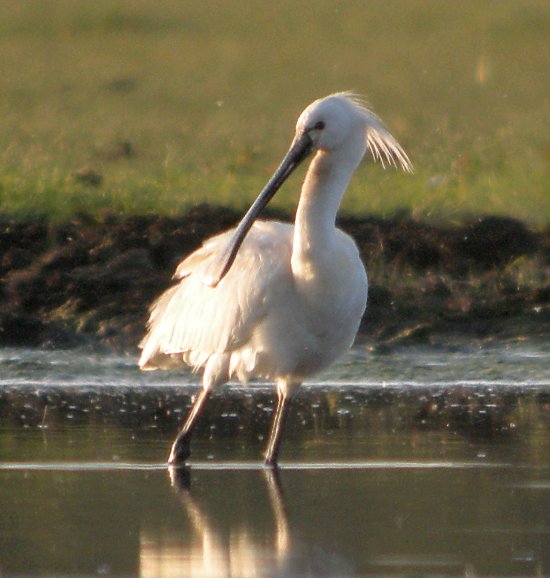Both Steve Goddard and I are busy running our moth traps most evening in our respective gardens in the Patch catchment area. Whilst I struggle to get modest numbers, Steve is really catching some great stuff in good quantities. You can follow both our exploits on the Garden Moth Challenge web-site but I thought that I would just mention the great catch that Steve made recently. One of the thinks that I like to look out for are year firsts for the Upper Thames Branch recording area - I feel that I'm making a modest contribution to the sum of local moth knowledge by finding these. So far this year I've managed 16 of which I feel rather proud. However Steve has gone one further and found a moth that's and all time first for the UTB area in the form of an unassuming little micro called Telechrysis tripuncta. Way to go Steve!
Telechrysis tripuncta - an Upper Thames
Branch all time first!







